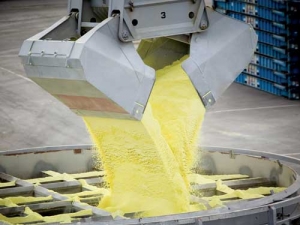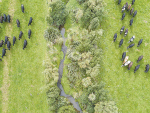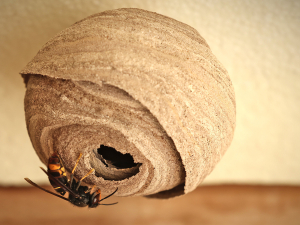The spring months, as soils warm up, are when the work of fertilising begins.
For farmers, particularly in dairying during the current tough times, a key goal is to get the best bang for buck out of fertiliser while protecting the environment.
Good advice from fertiliser reps, consultants and regional council staff will help address what can be some pretty technical judgments.
Soils are a dynamic mixture of minerals, organic residues and living micro and macro organisms, all supporting farm production and providing eco-system services.
Due to the risks involved in applying fertiliser, I recommend all farmers have a nutrient budget and a nutrient management plan, and discuss their situation with their fertiliser rep or consultant. Waikato region requires farmers have a budget and a plan if their nitrogen (N) use exceeds 60kg/ha/year.
Nutrient budgeting is widely accepted as the appropriate first step in managing nutrient use and it’s also a good starting point for evaluating the environmental impact of farm management practices.
Overseer is a computer decision support model which provides advice on nutrient management and greenhouse gas emissions. It predicts what happens to the nutrients brought onto a farm as fertilisers and supplementary feed in the same way a financial budget can track money.
The latest version of Overseer (version 6.2.0) can be downloaded from http://www.overseer.org.nz and fertiliser reps or consultants can run it or help farmers do this.
In Waikato recent soil quality monitoring results reveal that soil compaction and high fertility remain problematic on dairy and some drystock sites. Nutrient budgets should therefore start with soil testing to identify your current nutrient status. The need for fertiliser may be less than expected.
Plants need nitrogen (N) for healthy leaf growth. But N is an extremely mobile nutrient. If more nitrogenous fertiliser is applied than plants can take up most of the unused nitrogen ends up leaching down through the soil into groundwater. Sometimes N will also be lost to waterways as runoff and some is always released back into the air as gas.
N leaching can be cut by:
-
- timing fertiliser application to avoid periods when plant uptake of N will be low, such as when soils are saturated, during heavy rain, cold periods and times of low soil temperatures
- applying N fertiliser in small split dressings (as many split doses as possible)
- irrigating farm dairy effluent to a large enough area to optimise its nutrient value
- adjusting fertiliser policy for effluent irrigated areas to account for the nutrient value of effluent
- using fenced wetlands as nutrient traps.
- phosphorus (P) behaves differently from N because it binds with the soil and only dissolves slowly in water over time. This means it doesn’t readily leach to groundwater. But it can damage the health of waterways through soil erosion and surface runoff into water.
- farmers can reduce the amount of P runoff by keeping Olsen P to optimum agronomic levels.
Other tips include:
-
- following the NZ Fertiliser Manufacturers’ Research Association code of practice for nutrient management
- applying fertiliser when the grass is growing
- leaving a grassed buffer strip between paddock and waterway – the strip filters the phosphorus before the run-off reaches the water
- controlling runoff from tracks, races, feed and standoff pads so that it can’t run directly into water.
A clear assessment of fertiliser requirements will improve economic returns from pasture and help avoid contamination of ground and surface water with nutrients, particularly nitrogen and phosphorus.
• Bala Tikkisetty is a sustainable agriculture advisor at Waikato Regional Council. Email This email address is being protected from spambots. You need JavaScript enabled to view it. or tel. 0800 800 401.


















